Jeremy Kyncl is new to boatbuilding, but he certainly isn’t new to woodworking and traditional crafting. He grew up in Denver, Colorado, but moved to the Pacific Northwest when he was 19. He graduated from Bastyr University in Kenmore, Washington, having studied the science, history, and traditions of medicinal plant usage. In 2019, after a seven-year spell in Spokane, Washington, where he and his wife, Michelle, had started Hierophant Meadery, they moved to a 1915 homestead on Whidbey Island with their two young sons, George and Leos. They relocated the meadery to the island and focused on bringing together their knowledge of plants and love for native culture in a business based largely on traditional methods and the ethos of respecting and working with nature rather than against it.Life on an island suits the family. They love anything that involves being on and in the water: body surfing, swimming, boating. When they first moved to Whidbey, Jeremy and Michelle bought a fiberglass lake canoe, but it was heavy, and loading it on the car was a strain; plus, Jeremy felt its low freeboard made it unsuitable for use on the Puget Sound waters that surround Whidbey. Familiar with building and fixing around the homestead, Jeremy now turned his thoughts to boatbuilding. The construction technique was purely traditional, but for the lashings and skin Jeremy sourced modern materials: ballistic nylon for the skin, waxed nylon for the lashings.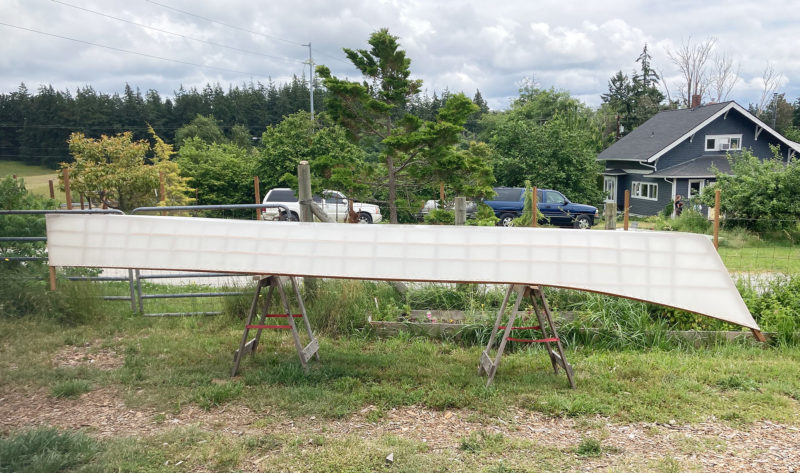
Join The Conversation
We welcome your comments about this article. To include a photo with your remarks, click Choose File below the Comment box.
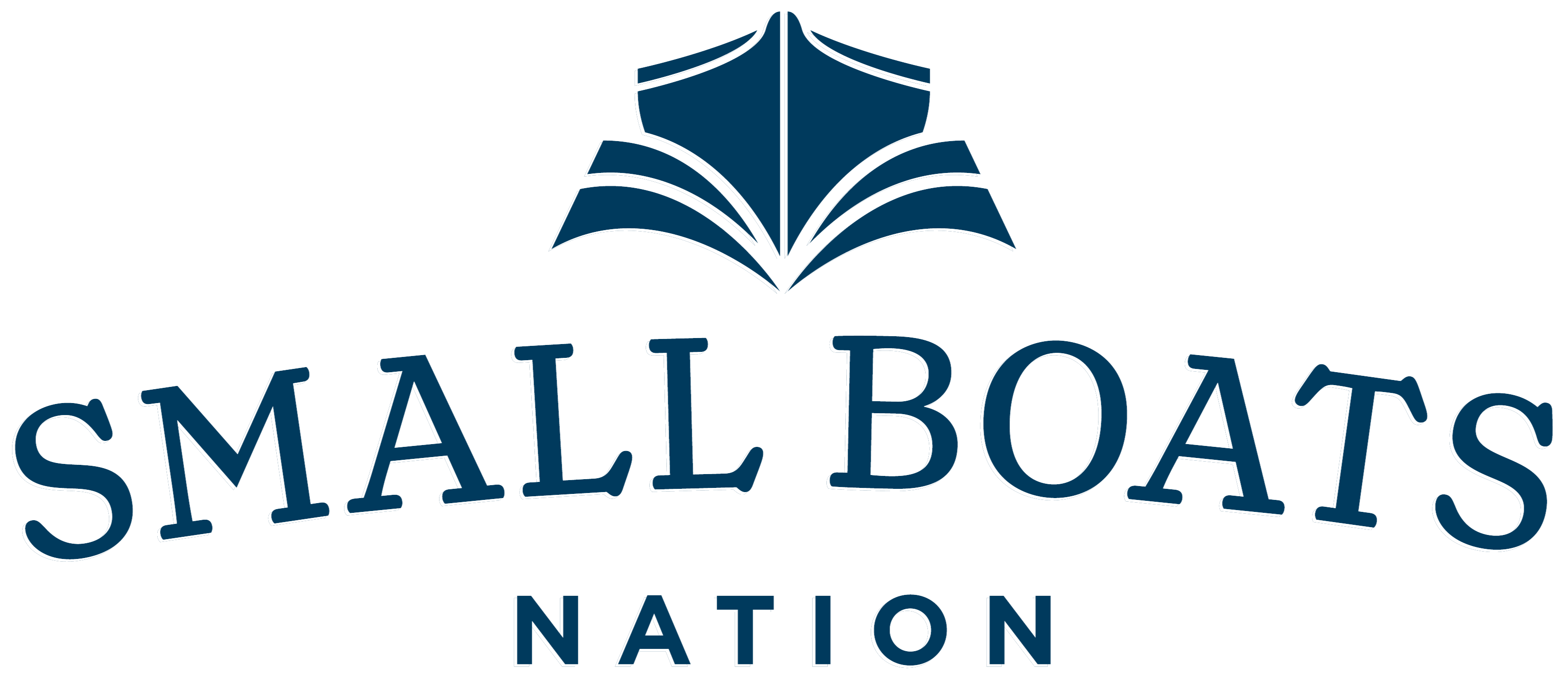
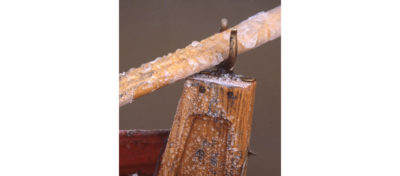



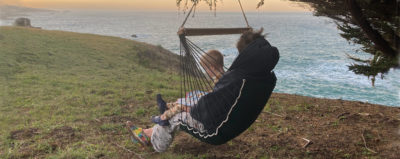



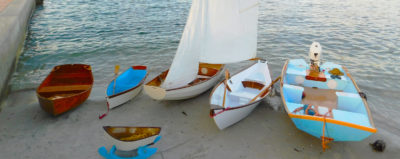
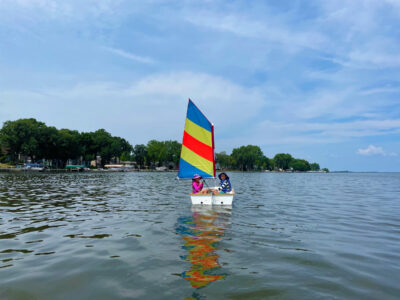
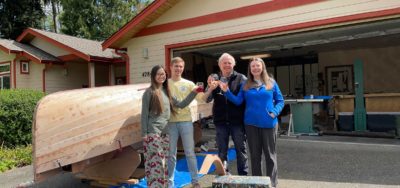
It’s a beautiful boat, it’s lines reminiscent of a Nootka canoe, and it’s size is almost the same as a wood/canvas canoe I built 49 years ago, 17′ x 36″, framed in spruce and oak with yellow-cedar frames and red-cedar planking. It’s a good canoe, still seaworthy, but it weights 83 lbs, too heavy for my broken-down old back, so MUSE looks like a good alternative, and it looks fun to build, as well. Thank you for the article; it was very enjoyable.
Use polyester for the next skin, nylon absorbs water, probably never get it tight.
Kenneth is totally correct about polyester. Readily available in different weights; for MUSE you’d want to go with a heavier (10-oz) fabric weight. You can heat-shrink it to tighten beyond what you can pull, but practice first with some fabric stretched over a frame. Polyester has good abrasion resistance. I recovered a wood/canvas canoe with light polyester, and paddled it for years with little concern about sliding over gravel, etc. and it only picked up a few scuff marks.
May I ask an obvious question? On the canoe you covered, did you paint or epoxy the skin for waterproofing?
I used a two part catalytic urethane from Spirit Line, but that’s far from the only option.
I went with the nylon from Spirit Line because I could pick it up within an hour of home and also because it was going to see a lot of barnacle-encrusted cobble beaches and I wanted the best abrasion resistance I could get. So far the ribs are well clear of the skin even with four adults aboard, so it did get tight enough for our needs. Thankfully, it’s a workboat at heart so having a few wrinkles in the skin after a night’s dew isn’t a deal breaker. I’ll definitely look into polyester more when it’s time to reskin, perhaps I’ll find my concerns about abrasion were overblown after years of using the hull.
A neat article! I thought I would pick up a copy of “Building Skin-on-Frame Boats” so looked it up on ABE Books – WOW! The used price is too much for this old retired fellow….
I know that borrowing is not as satisfying as owning a copy, but your local public library would be happy to find it for you via Inter-Library-Loan!
And there’s an alternative, available at a much lower price, in Building the Greenland Kayak by our editor here at Small Boats, Christopher Cunningham!
A scanned copy of the book is available on Archive.org. Search “skin-on-frame boats”. You will need a free account to be able to read it online. Unfortunately you can’t download it, but it is a good, free alternative.
Great writing. You’ve beautifully and succinctly captured Jeremy’s creativity, as well as the spirit of South Whidbey. Jeremy’s Dad